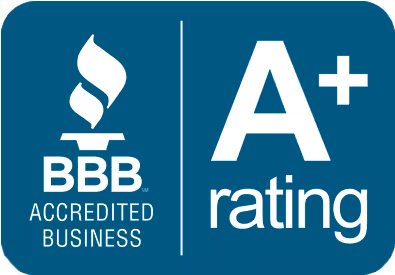Noticing gaps between your baseboards and floors? It could be a warning sign of foundation settlement or shifting. Find out what causes these gaps and how professional foundation repair can help protect your home’s structure and appearance.






Noticing a gap between your baseboards and your floor might seem like a small cosmetic issue, but it could be a sign of a much larger problem. In most cases, gaps like these aren’t just a matter of poor installation or aging materials—they often indicate that your floor is sinking. Left unaddressed, this issue can lead to structural damage, safety hazards, and costly repairs.
The most common reason for gaps between baseboards and floors is uneven settling of the foundation or the floor slab itself. Over time, the soil beneath your home can shift, erode, or compress due to factors like water intrusion, poor soil compaction, or natural settling. As the soil moves, the support beneath your floor diminishes, causing the slab or floor to sink.
When the floor sinks, it pulls away from the baseboards that were originally installed flush against it, creating visible gaps. These gaps are often more pronounced in areas near the home’s exterior walls, where settling and moisture issues are more prevalent.
If you spot gaps between your baseboards and floor, it’s important not to dismiss them as purely aesthetic. Here’s why:
Polyurethane foam injections are an innovative, effective solution for lifting and leveling sinking floors. This method involves injecting high-density polyurethane foam beneath the floor slab. The foam expands as it is injected, filling voids in the soil and gently raising the slab back to its original position.
Here’s why polyurethane injections are the ideal solution:
If you’ve noticed gaps between your baseboards and your floor, don’t wait for the problem to worsen. Addressing the issue early can save you money and prevent further damage to your home. With professional polyurethane injection services, you can restore the stability of your floors, close those unsightly gaps, and protect your home’s foundation for years to come.
Contact us today for a free inspection and find out how polyurethane injections can lift and level your sinking floors!






We respect your privacy. By submitting, you authorize '58 Foundations and Waterproofing to reach you via call, email or text for information about your project needs. We will never share your personal information with third parties for marketing purposes. You can opt out at any time. Message/data rates may apply. Consent is not a condition of purchase. Privacy Policy